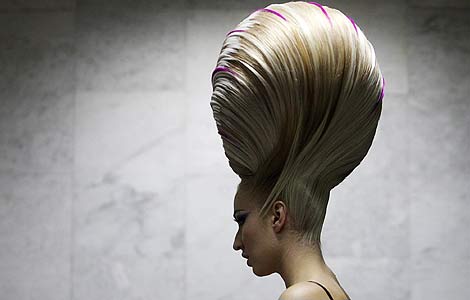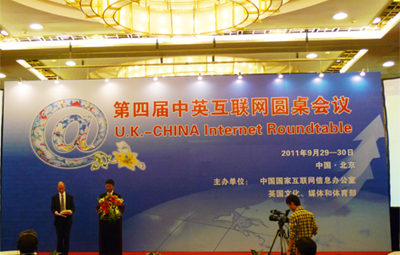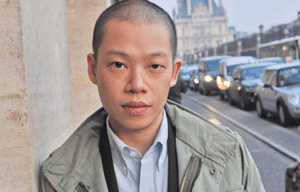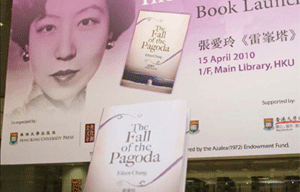Gleaming venues, cheery volunteers, and pure spectacle
Updated: 2011-09-27 11:47
By Nick Compton (China Daily)
|
|||||||||
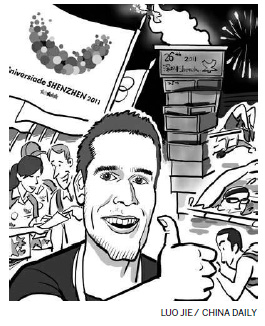

Another sporting event completed, another exhaustive, dazzling display by Chinese hosts.
In the past three years, I have been lucky enough to work for the news services of the three largest sporting events in China through that span -the Beijing Olympics, the Asian Games in Guangzhou, and the Universiade in Shenzhen.
Not once was I disappointed.
What really stood out for me in each event was the eagerness of many thousands volunteers who put in endless hours into sometimes tedious jobs, and the host cities' willingness to welcome foreigners from all corners of the Earth into their backyards.
In the United States, my home, the situation would no doubt be different.
A major sporting event would be welcomed in some cities, but only hesitantly accepted in others.
For a large volunteer turnout, incentives would have to be offered and working hours kept flexible and short. The patience extended to a lost visitor or a non-English speaker would vaporize after a minute, and very few would go out of their way to make an event special for someone who traveled a long distance to get there.
The gleaming, just-built infrastructure at each event was also awe-inspiring. In all three cities, billions of dollars were spent on sporting venues, while practice facilities and housing for athletes and media were built from scratch. Even simple things, like signage, landscaping and artwork were meticulously done.
Most of the new venues can be repurposed or turned over for public use. Some can be used as leverage for hosting future sporting competitions - like the Youth Olympics.
Naturally, as the Asian Games and Universiade borrowed elements from the Beijing Olympics, the organizers also worked tirelessly to separate their events from the Olympics by putting their own flavor into the architecture, exhibits, and venue layouts.
In each competition, there was a sense that, somehow, the showmanship had to be ticked up a notch, each opening ceremony and torch lighting just a little more spectacular than the last.
So, as the moments wound down in the lead-up to the Universiade's opening ceremony, the anticipation was immense.
Waiting for the ceremony to begin, I sat in the main press center's central editing room with my colleagues, our eyes glued to a flat-screen TV, wondering how the ceremony could possibly live up to the precedent set by the Olympics and Asian Games.
We had a few transcripts and had attended a few meetings about the ceremony, but still did not know what to expect. It was our job to release periodic reports throughout the night, giving media that couldn't attend a taste of some of the highlights of the opening ceremony.
Inevitably, as the unexpected popped up, we would have to tweak our plans and reframe our reports.
But, as we watched the ceremony from our computers, nearly every segment was performed flawlessly, fitting the script to a T. The impressive center stage, made from thousands of recycled bottles, glittered and glowed on cue. Lights beamed when they were supposed to, and none of the performers or speakers missed a step or flubbed a speech.
It made our job easy.
Just like the opening ceremonies before it, the show was rehearsed meticulously and the choreography was perfect. It's hard to compare any event to the Beijing Olympics, but for a competition of its size, I can't imagine a more dazzling opening ceremony was ever held.
The event didn't disappoint. The venues held up, volunteers happily did their work, and, most importantly, athletes performed without a hitch.


